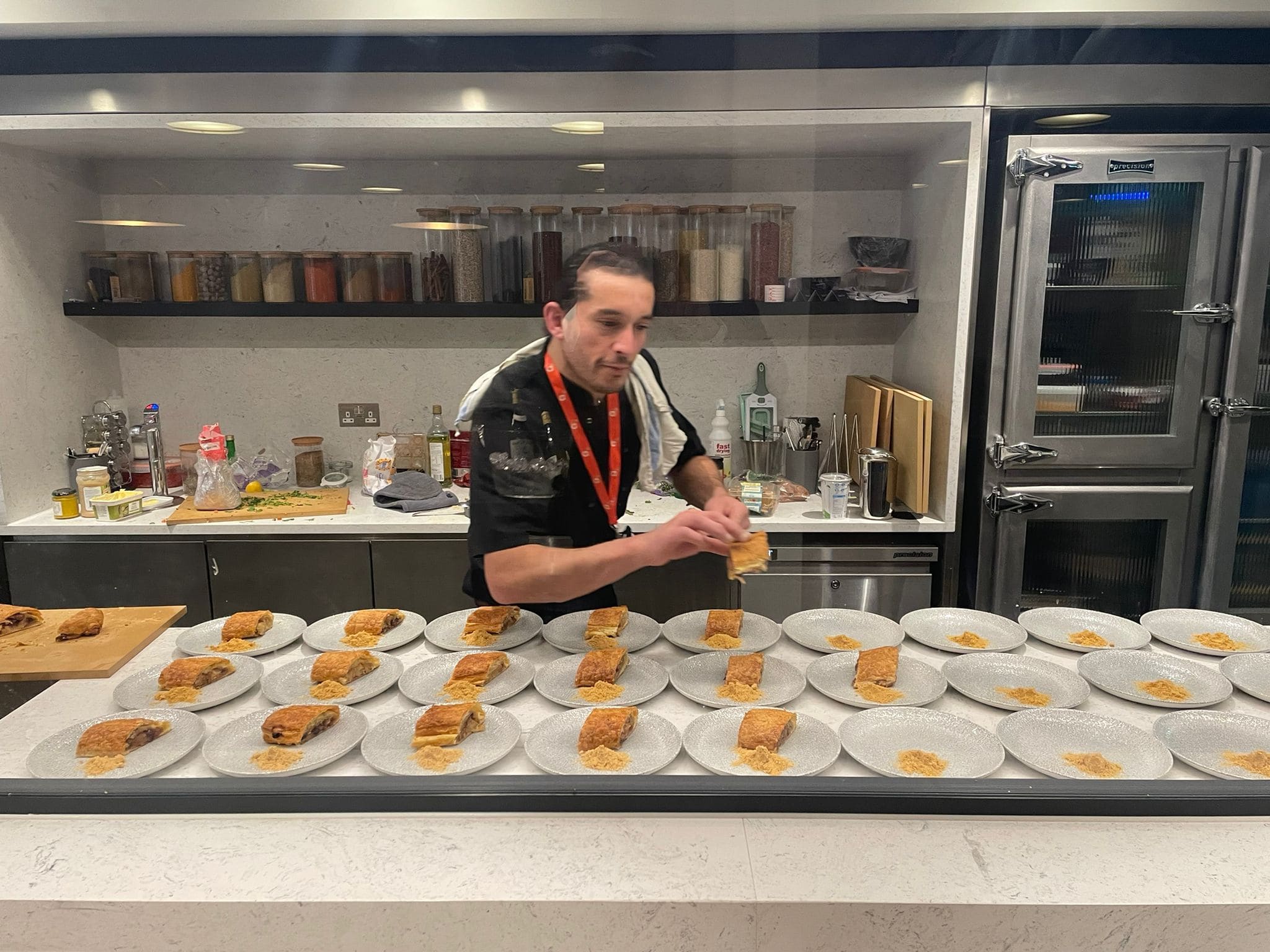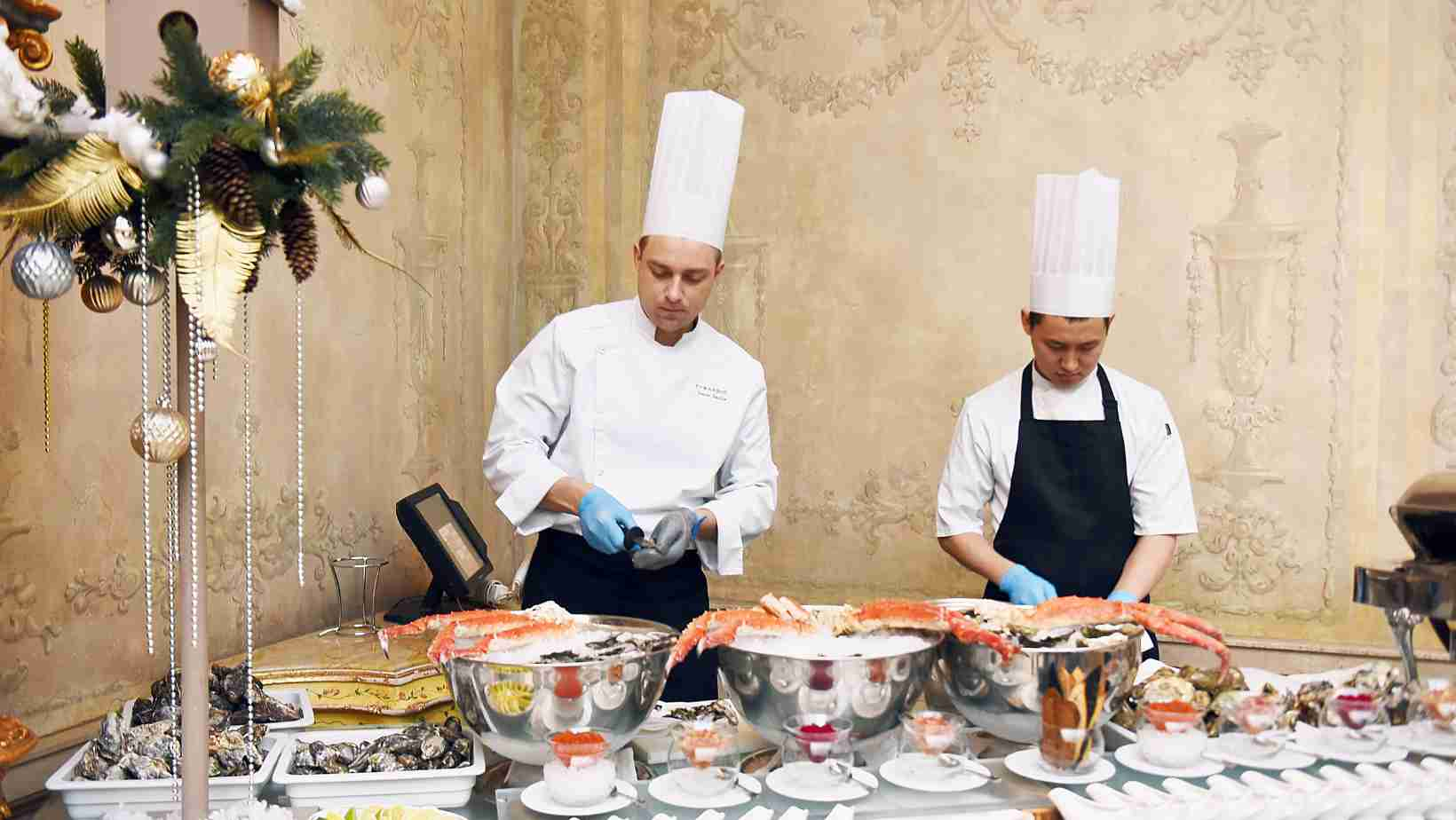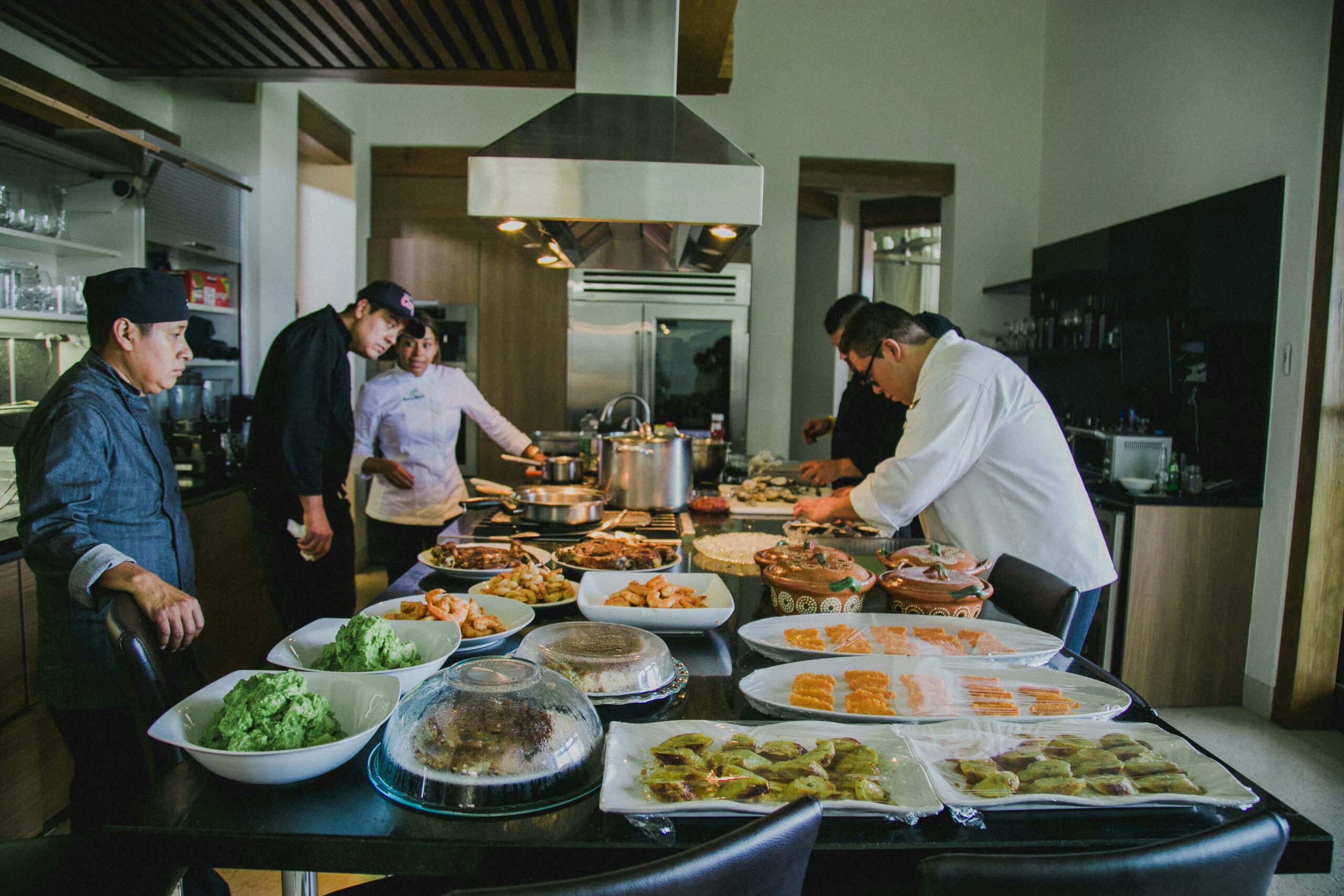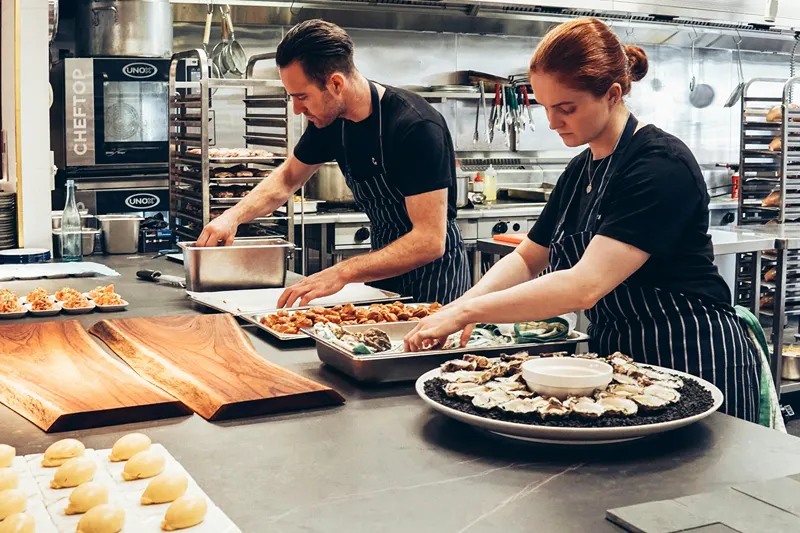How to Pass an EHO Inspection: The Ultimate UK Checklist
Understanding EHO Inspections
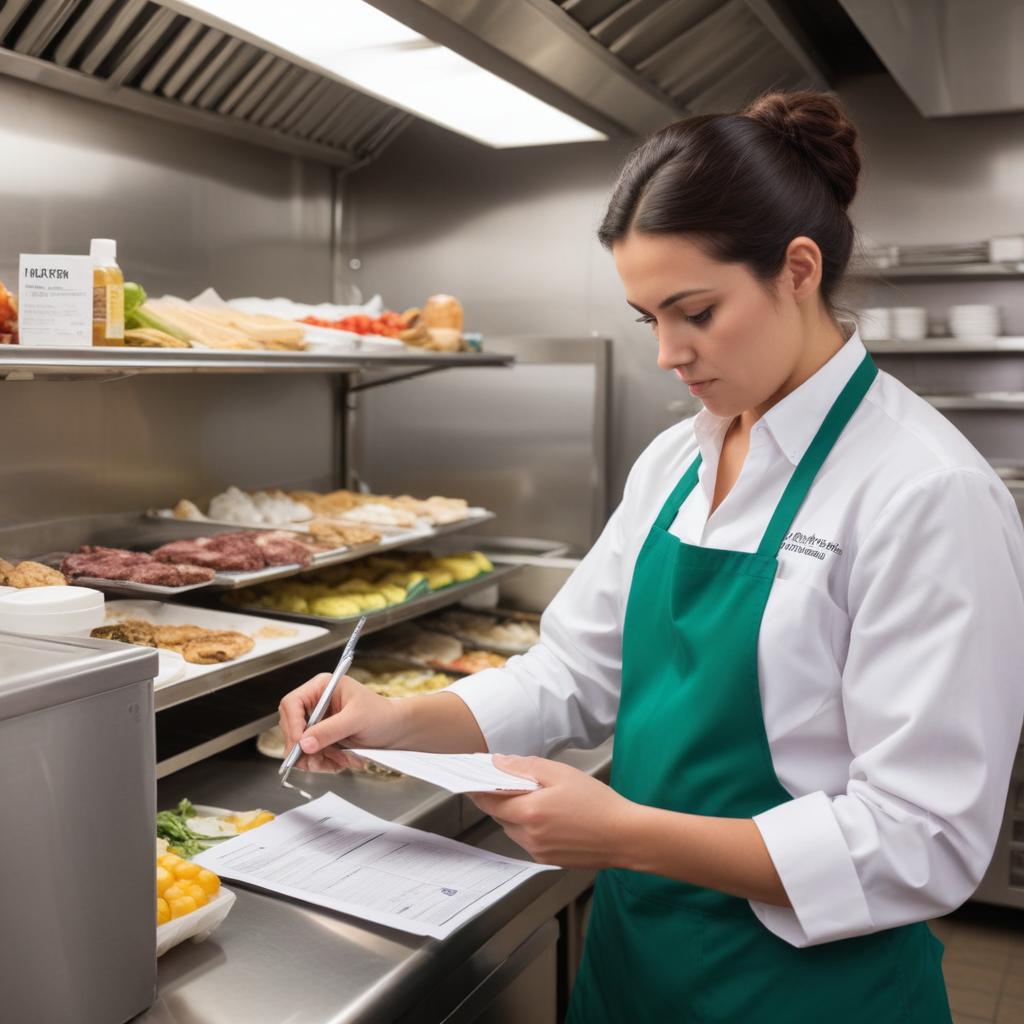
EHO (Environmental Health Officer) inspections are critical in maintaining public health standards, especially within food establishments. The frequency of these inspections can vary based on several factors, including the type of business, its size, and its historical compliance record. High-risk establishments, such as restaurants and food processing plants, might be inspected more frequently, sometimes every six months to a year.
Non-compliance with EHO inspection standards can have significant repercussions. Failure to meet health and safety regulations can result in warnings, fines, or business closure. Moreover, repeated violations can lead to legal action and tarnish the establishment’s reputation. Key benefits of compliance include:
- Avoidance of legal and financial penalties
- Protection of customer health and safety
- Enhanced reputation and consumer trust
- Smooth business operations without interruption
Pre-Inspection EHO Checklist

An EHO (Environmental Health Officer) inspection checklist ensures that businesses comply with health and safety regulations. This checklist helps businesses prepare for inspections by outlining the key areas that EHOs will evaluate. Below are some of the essential components typically found on an EHO inspection checklist:
1. Maintain Documentation and Keep Records:
Maintaining up-to-date documentation is crucial for passing an EHO inspection. Ensure all health and safety policies, training records, and cleaning schedules are current and easily accessible. Keeping thorough records demonstrates your commitment to compliance and helps streamline the inspection process. EHO inspection reports often highlight the importance of these documents.
2. Staff Health and Safety Training:
Proper staff training and strict compliance with health and safety regulations are crucial for maintaining high standards in the workplace. Staff should be educated on the importance of personal hygiene, including regular handwashing, using protective clothing, and not working when ill. Clear guidelines and frequent reminders help reinforce these practices.
Additionally, compliance extends beyond food hygiene to include fire safety, equipment maintenance, and overall workplace safety. Regular evaluations by Environmental Health Officers (EHOs) ensure the safety of both employees and customers. Neglecting these aspects can result in severe repercussions, including business closures.
3. Self-Assessment and Mock Inspections:
Conducting self-assessments and mock inspections can help identify potential issues before the inspection. These practices allow you to address weaknesses proactively and ensure that all areas meet the required standards.
Key Practices:
- Comprehensive Checklist: Develop a checklist based on EHO criteria that covers areas like food storage, cleanliness, pest control, staff hygiene, and equipment maintenance.
- Regular Audits: Schedule monthly or quarterly self-assessments and mock inspections.
- Staff Involvement: Engage employees from different departments in mock inspections.
- Documentation: Record findings and corrective actions taken during self-assessments.
- Prompt Corrections: Immediately address any issues identified during mock inspections.
4. Follow Food Hygiene and Safety Rules from Storage to Serving:
Food hygiene is critical to EHO inspections, focusing on the entire process from storage to serving. Ensuring that all food is stored correctly, prepared safely, and served under hygienic conditions is essential for preventing foodborne illnesses and demonstrating compliance.
Correct Food Storage:
- Temperature Control: Refrigerate perishable items at or below 4°C and freeze at -18°C or lower. Keep hot foods at 60°C or above.
- Separation: Store raw meat, poultry, and seafood separately from ready-to-eat foods to avoid cross-contamination.
- Proper Labeling: Label all stored food with dates and use-by information to ensure freshness.
Safe Food Preparation:
- Cleanliness: Wash hands thoroughly with soap and water before and after handling food. Clean and sanitize all surfaces and utensils regularly.
- To avoid Cross-Contamination, Use separate cutting boards and knives for raw and cooked foods. Keep raw food away from ready-to-eat items.
- Cooking Temperatures: Cook food to the correct internal temperatures to kill harmful bacteria (e.g., poultry to 165°F or 74°C, ground meats to 160°F or 71°C).
Hygienic Conditions vs. Unhygienic Conditions:
- Hygienic Conditions:
- Regular Cleaning: Surfaces, equipment, and utensils are cleaned and sanitised regularly.
- Hand Hygiene: Frequent and proper handwashing by staff.
- Proper Attire: Use of clean uniforms, hair restraints, and gloves.
- Correct Practices: Proper food storage, preparation, and cooking methods.
- Unhygienic Conditions:
- Dirty Surfaces: Accumulation of dirt, food residues, and grease.
- Poor Hand Hygiene: Infrequent or improper handwashing.
- Improper Attire: Lack of hair restraints, dirty uniforms, and no gloves.
- Incorrect Practices: Inadequate food storage, preparation, and cooking, leading to cross-contamination and temperature abuse.
5. High Cleanliness and Sanitation Standards:
Maintaining high standards of cleanliness and sanitation in kitchens, dining areas, and restrooms is essential. Regular cleaning schedules and thorough sanitation procedures are vital to keeping these areas spotless. Inspectors will look for signs of cleanliness, and any lapses can result in negative findings. Knowing what factors EHO inspectors do not look for can help focus your efforts on the essential areas.
6. Have Pest Control Measures in Place:
Effective pest control measures are necessary to prevent infestations and maintain a safe environment. Be vigilant for common signs of pest issues, such as droppings or damage to food packaging.
Post-Inspection Actions and Improvements
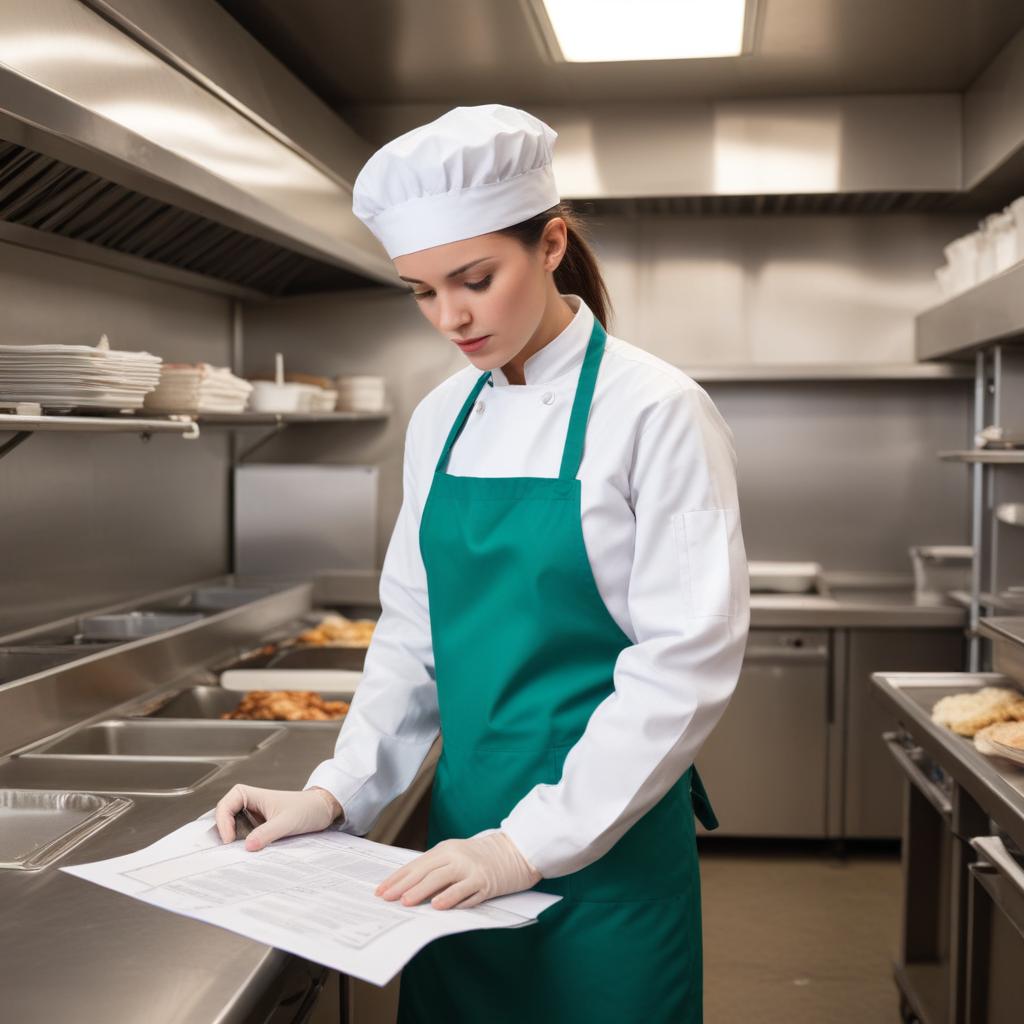
Successfully passing an EHO inspection is only the beginning of maintaining high standards in your business. It’s essential to understand the EHO inspection report, address any identified issues, and implement strategies for continuous improvement. These steps ensure ongoing compliance and enhance your operations’ safety and quality.
1. Understanding the Inspection Report:
Interpreting an EHO (Environmental Health Officer) inspection report includes detailed findings and recommendations from the inspector. The report also focuses on areas of non-compliance and suggests corrective actions.
2. Addressing Issues and Non-Compliance:
Effectively addressing issues and non-compliance identified in an EHO (Environmental Health Officer) inspection report is crucial for maintaining a safe and compliant business environment. This involves understanding the specific areas of concern, prioritizing corrective actions, and implementing necessary changes.
Whether you're hosting a special celebration dinner, looking for a chef during your holiday or weekly meal prep, we will match you to the perfect chefs.
Start here3. Continuous Improvement and Monitoring:
Ensuring ongoing compliance and maintaining high standards in health and safety requires continuous improvement and regular monitoring. This proactive approach helps identify potential issues before they become significant problems and ensures that best practices are consistently followed.
Expanding Your Client Base as a Private Chef
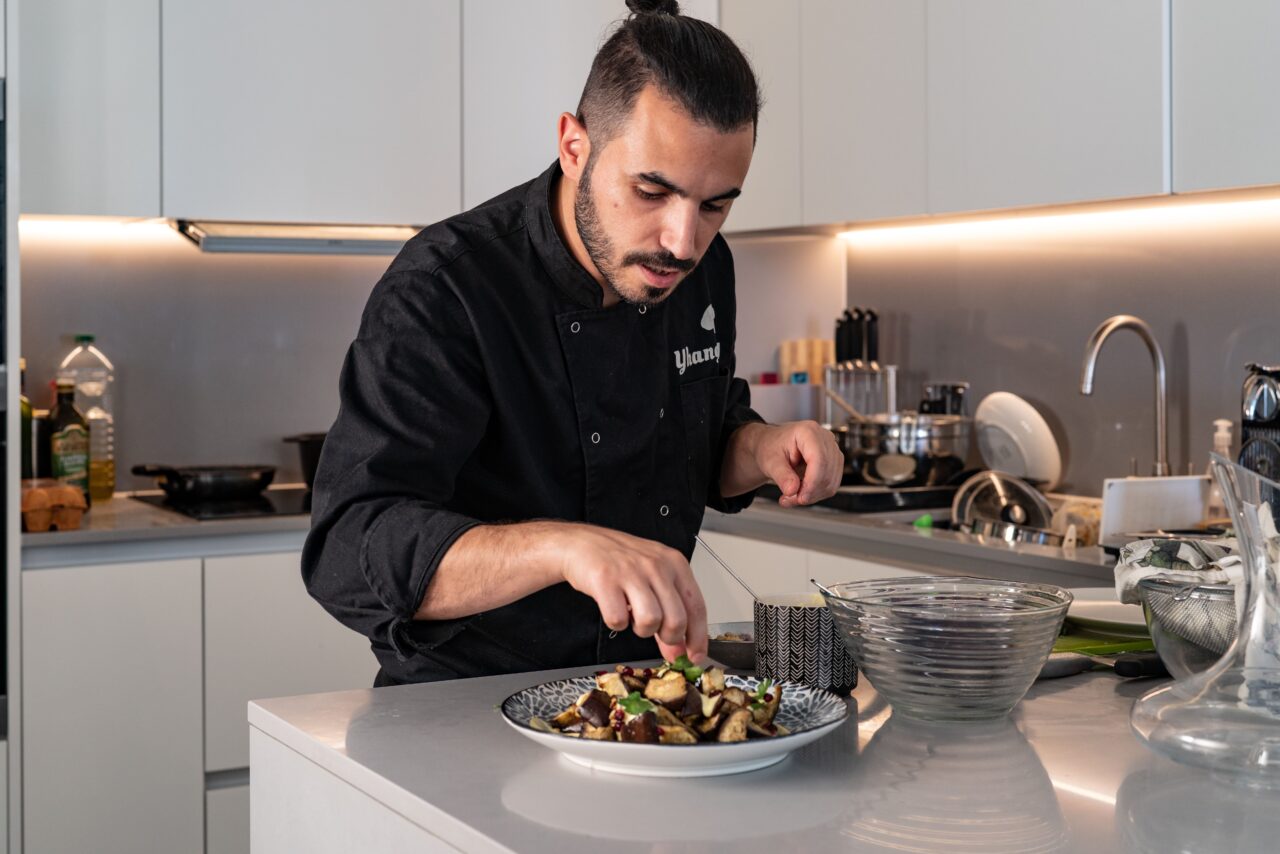
Once your business is ready to serve customers, the next challenge is attracting clients. Platforms like Instagram and Facebook help chefs showcase their culinary skills, while Upwork and Fiverr connect them with clients. Yelp and Google My Business enhance online presence through reviews. Specialized platforms like EatWith and Feastly connect chefs with customers seeking unique dining experiences.
Yhangry is a platform where private chefs can connect directly with clients. Chefs can create profiles, set their rates, and design custom menus. Yhangry simplifies booking and payment processes, offers marketing support, and provides a community of over 1000 chefs (confirm the number) for networking. This helps chefs attract clients, expand their business, and deliver exceptional culinary experiences.
- What is checked by the food hygiene inspector?
-
A food hygiene inspector examines various aspects of a food business to ensure it meets health and safety standards. This includes checking food storage conditions, kitchen cleanliness, food handling practices, and pest control measures. Inspectors also review staff hygiene, waste disposal methods, and the overall maintenance of the premises.
- How many types of food inspections are there?
-
There are several types of food inspections, including routine, follow-up, and complaint-based inspections. Routine inspections are scheduled and regular, ensuring ongoing compliance. Follow-up inspections occur after violations have been noted to check that corrective actions have been implemented. Complaint-based inspections arise from public reports of potential health risks or violations.
- What is the difference between a food audit and an inspection?
-
A food audit is a comprehensive review of a food business’s operations, often conducted internally or by a third party, to ensure compliance with industry standards and best practices. It is typically more in-depth and planned. In contrast, a food inspection is usually conducted by a regulatory authority, such as an EHO, to enforce public health laws. It is often unannounced and focuses on immediate compliance and safety issues.
